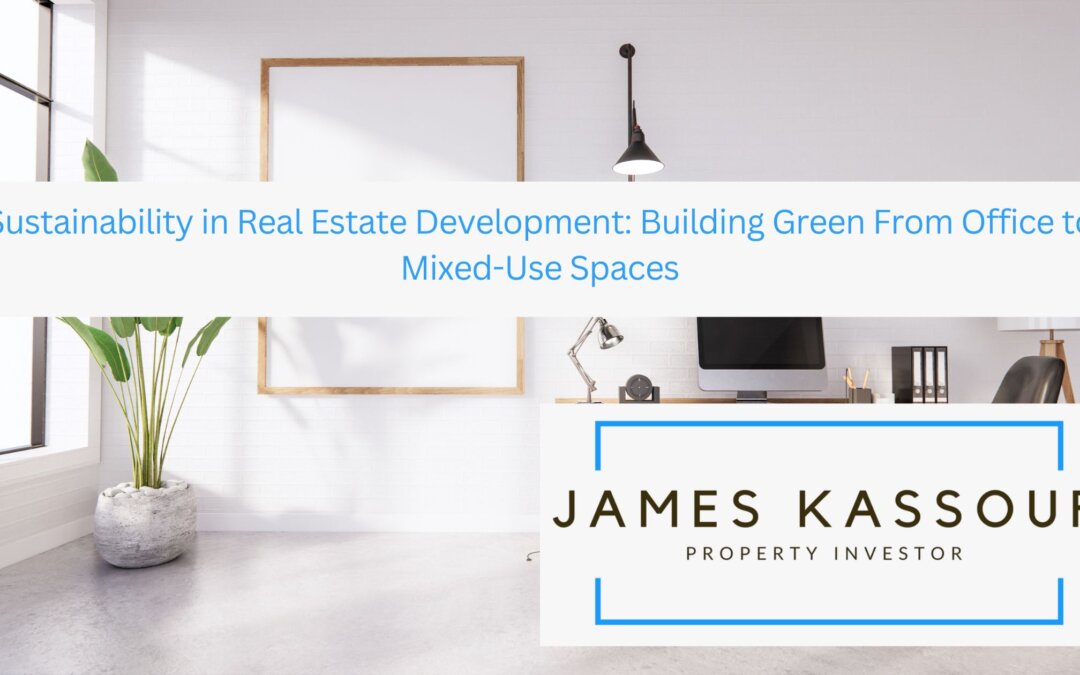Sustainability has emerged as a key focus in real estate development in recent years. Developers increasingly incorporate green building practices into their projects to minimize environmental impact, reduce energy consumption, and create healthier and more efficient spaces.
This article explores the importance of sustainability in real estate development, specifically focusing on green building practices in office and mixed-use spaces.
Design & Construction
Sustainable real estate development begins with designing and constructing buildings that prioritize energy efficiency and environmental impact. In office spaces, developers are implementing various strategies to reduce energy consumption. This includes using energy-efficient lighting systems, such as LED lights, and advanced HVAC (heating, ventilation, and air conditioning) systems that optimize energy usage.
Eco-Friendly Alternatives
Furthermore, sustainable real estate development focuses on using eco-friendly materials and practices. Developers use sustainable building materials sourced responsibly, such as recycled or renewable materials. Additionally, construction practices are being optimized to reduce waste and minimize the environmental impact of the building process. This includes recycling construction waste, using water-saving fixtures, and implementing efficient waste management systems. By incorporating these practices, developers can create office spaces that are not only environmentally friendly but also promote healthier indoor environments for occupants.
Mixed-Use
The concept of sustainability extends beyond individual buildings to mixed-use developments as well. Developers strive to create self-sustaining communities that integrate residential, commercial, and recreational spaces in these projects. Sustainability in mixed-use developments encompasses various aspects, including transportation, land use, and community engagement.
Mixed-use developments also prioritize the preservation of green spaces and the integration of natural elements. Developers allocate land for parks, gardens, and open spaces, providing residents and visitors with areas to relax and connect with nature. These green spaces not only enhance the aesthetics of the development but also contribute to the community’s overall well-being. They improve air quality, provide physical activity opportunities, and promote tranquility in urban environments.
Communities
Moreover, sustainability in real estate development involves community engagement and social responsibility. Developers actively involve the local community in the planning and design processes, seeking input and addressing concerns. This participatory approach ensures that the development meets the community’s needs and fosters a sense of ownership and pride among residents. Developers also incorporate social initiatives, such as affordable housing programs and community centers, to promote inclusivity and social equity within mixed-use developments.
Sustainability has become fundamental to real estate development, from office spaces to mixed-use projects. By prioritizing energy efficiency, eco-friendly materials, and community engagement, developers can create buildings and communities that are environmentally responsible, socially inclusive, and economically viable. The focus on sustainability benefits the environment and enhances the quality of life for occupants, and contributes to the long-term value and success of real estate projects. As the importance of sustainability continues to grow, the integration of green building practices in real estate development is set to become the norm, transforming the industry towards a more sustainable future.

